
This article is brought to you in association with Masters of CG, a new competition that offers the chance to work with one of 2000AD's most iconic characters. There are big prizes to be won, so enter today!
You might think there's nothing better than working in a job that you love. Well how about this? Working in a job that you love, in a group of people who feel similarly, where everyone's at the same level and nobody is anybody's boss.
That's the kind of company the founders of Celluloid VFX - Holger Hummel, Justin Daneman and Michael Landgrebe - wanted to create in summer 2008.
"We wanted our company to be different from the experiences we'd had in the industry previously," explains Landgrebe. "We wanted to have a flat hierarchy, an environment where not the biggest ego but the best idea is the one to be heard - no matter where it comes from, be it an intern or whoever. A place where everyone is free to speak out."
Artists only
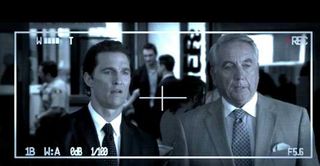
It might sound like a tall order, but that's exactly how it's worked out, enthuses Landgrebe. Six years on, Celluloid VFX has become a high-class facility in Berlin that's worked on movies including Underworld: Rise of the Lycans, Gamer, Crank 2, Lincoln Lawyer and Underworld: Awakening, as well as award-winning commercials for big brands. And they've done it all in a working environment many 3D artists would dream of.
"We're an artist-only facility," Landgrebe explains. "We've all come from an artist background - so it's a company run by artists, basically. All the founders are sitting at computers and actually working on projects. We're in one big room, all together. And that is the atmosphere we want. Really close connections and a very open and creative atmosphere.
"The flat hierarchy means the only thing that differs between the artists is that there are some people who need to make decisions at a point - but that's the only difference between us."
Get the Creative Bloq Newsletter
Daily design news, reviews, how-tos and more, as picked by the editors.
A matter of respect
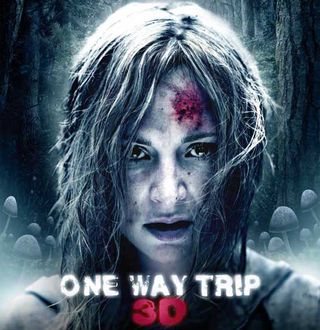
So how do you make such a philosophy work in practice? "Largely I think it's a matter of respect, and appreciation of the work that others do, that's the most important thing," Landgrebe says. "If everyone's working together then your authority is not defined by a title on a paper, it's defined by how you deal with people and what your knowledge is. And that's the respect that we wanted when we founded the company - where everyone is pulling the same rope.
"For example, if artists stay the night to help on a deadline, it's because they want to help you not getting into trouble with the client, and not because they're afraid that you're going to kick them out if they don't stay. And that's the way it works if people are working together."
The number of employees is another important part of the jigsaw, adds Landgrebe. "The size definitely matters," he says. "A lot of the stuff we do is directly discussed - which doesn't work above a certain size. So we try to keep our staff to around 10 people."
Stereofication
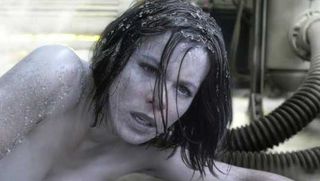
When big projects come along, they'll cope with the extra workload by bringing in trusted freelancers. For examle, when they worked on Underworld: Awakenings, they expanded the team to 30 - and for good reason. "It was by far the biggest project we'd had, with over 150 stereoscopic 2.5K shots," Landgrebe explains. "Technically it was a real challenge, because there were so many headaches involved in getting the stereo work the way it should.
"There'd be things like twisted mirrors, or distorted images on left and right, that often made it a struggle to get it looking correct through 3D glasses. We often had to take a lot of time trying to work out an intelligent solution to make it work at all. That was pretty intense."
The ironic thing is, they did such a good job that many people couldn't tell that we did any work on these shots at all. "All the achievements that we did in Underworld were not visible to classic producers," Landgrebe says with a shrug. "They didn't really see why this was so incredibly complicated, to cover Kate Beckinsale in ice in stereo."
But he recognises it's something that goes with the territory in VFX. "The important thing is that we - and the client - know we did a good job. We were really pleased with the results," he smiles.
Commercials work
As well as movie work, Celluloid VFX does a lot of commercials, and there's no better example of what they're capable of than their award-winning ad for Swatch, Mad About The Sea (above). Created with Zurich-based postproduction house Online Video 46 to promote the Swiss manufacturer's range of Scuba watches, it brings the undersea world to above ground in a spectacular and breathtaking fashion.
"We got this storyboard from Swatch," Landgrebe remembers with a smile. "It was sitting on our desks and we thought: 'Wow, that is too cool, that's exactly the stuff we want to do'. Why? "Because it's the perfect use of CG where it absolutely makes sense to do it that way. CG not because it's cheaper, but because it's only possible to create these images with it."
Of course, nothing in live is ever simple, as was the case here. "The director, Liberato Maraia, was always very suspicious of CG because he was afraid that it was all going to look artificial," Landgrebe explains. "That it would spoil his artistic dreamy vision by looking like computer game images." So the pressure was truly on to get it right.
Fulfilling the vision
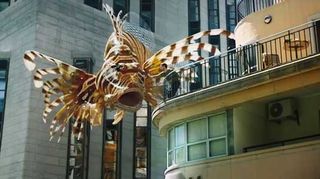
Together with Online Video 46, Celluloid VFX covered everything from pre-production, set supervision in South Africa through to the final image for the ad, which was produced and finished in 2K. With a team of 11 artists they worked on eight different sea creatures for 19 shots over the course of two months.
"The whole thing went really smoothly and we're really pleased with how it turned out," says Landgrebe. "Working together with a director who's not really a CG director meant the feedback was very different from what we were used to. But in the end it was one of those projects where with each iteration that we did on the shots, quality increased. So it was one of those wonderful times when the very last version that got on air is also our preferred version.
"It just works," he summarises. "It's something you can show to anyone and they're going to go: 'That's beautiful.' It made us very proud. Plus we had something we could show commercials clients other than blood and gore effects - and so it really helped get us kickstarted in commercials. It meant people were eager to try us out and thought we were the hot shit."
Software setup
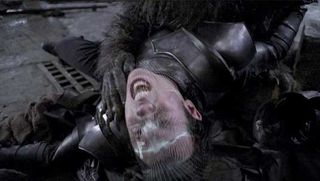
The software setup at Celluloid VFX is centred around Autodesk, 3DS Max playing the most important part - but it's not always been that way, explains Landgrebe. "In the beginning we were completing our 3DS Max just for V-Ray basically," he says. "Because in 2008 not a lot of people were using V-Ray. But being a shading/lighting TD in my former life I was always using V-Ray. And I thought: that gives us a huge competitive advantage.
"I saw people struggling with Mental Ray and other renderers in order to get a nice image. And in sometimes a tenth of the time we were able to pull out great shots with V-Ray. So that was the reason that we chose Max. Because at that time V-Ray was just available for 3DS Max, and the renderer being the most critical and important part made 3DS Max the best option."
"Right now, of course, V-Ray is available for Maya, Softimage, for anything. But 3DS Max is still the rendering backbone of our pipeline. So that means that anything that goes to the render farm usually is 3DS Max, like 90 per cent, 95 per cent. But we're also using Maya for animation, Ice in SoftImage for particle stuff.
"We're also using a lot of RealFlow, which is our main tool for fluids. We have a real nice and fruitful relationship with Next Limit, who are promoting us and we are helping them by doing alpha and beta tests for RealFlow. And comp-wise everything goes through Nuke."
Win a trip to Los Angeles
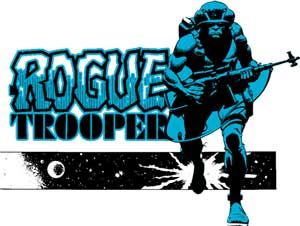
Masters of CG is a competition for EU residents that offers the one-in-a-lifetime chance to work with one of 2000AD's most iconic characters: Rogue Trooper.
We invite you to form a team (of up to four participants) and tackle as many of our four categories as you wish - Title Sequence, Main Shots, Film Poster or Idents. For full details of how to enter and to get your Competition Information Pack, head to the Masters of CG website now.
Enter the competition today!

Thank you for reading 5 articles this month* Join now for unlimited access
Enjoy your first month for just £1 / $1 / €1
*Read 5 free articles per month without a subscription

Join now for unlimited access
Try first month for just £1 / $1 / €1
Tom May is an award-winning journalist and editor specialising in design, photography and technology. Author of the Amazon #1 bestseller Great TED Talks: Creativity, published by Pavilion Books, Tom was previously editor of Professional Photography magazine, associate editor at Creative Bloq, and deputy editor at net magazine. Today, he is a regular contributor to Creative Bloq and its sister sites Digital Camera World, T3.com and Tech Radar. He also writes for Creative Boom and works on content marketing projects.
